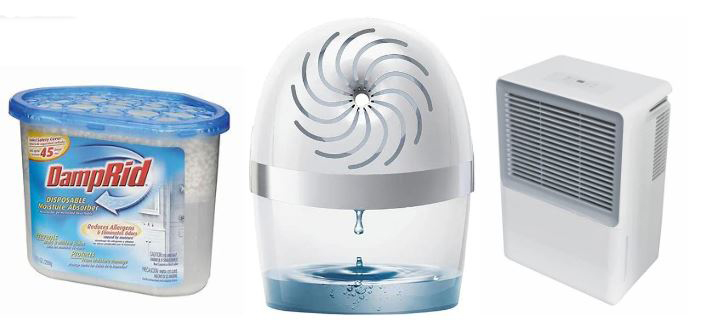How to clean condensation, damp and mould

If you have condensation, damp and mould anywhere in your home (including ceilings and walls) clean it away thoroughly as soon as you notice it, and try to think about how you could improve the environment within your home by reducing moisture, improving ventilation or introducing more heat, to prevent it returning.
Consider if you could move furniture away from external walls, could you reduce clutter, could you take shorter showers/baths? Do you need to report an extractor fan not working or do you need to open windows more frequently for short periods?
It is important that you report any damp or mould defects to us promptly and allow us access to your home to understand and rectify any problems.
Cleaning condensation
Wiping windows and walls
- Wipe windows, frames and window sills every day with a clean dry towel to remove the moisture. Do not place the towel on a radiator to dry as this will then add the moisture back into the atmosphere.
- Various items could be used to clean and dry areas effected by condensations
- Towel
- Squeegee
- Window vacuum

Dehumidifier
A Dehumidifier helps by draw moisture out of the air. It can be useful if you often dry your clothes inside the home. There are various dehumidifiers, from plug in too portable, and moisture absorbers that use a silica gel or other absorbent material to collect excess moisture.

Using a Fan
To prevent air becoming stale and to avoid having to open windows for long periods you can consider using a fan for short periods on a low setting to gently keep the air moving around. If the air is already cool due to not being heated the fan will feel cool initially, although it is not actually cooling the air.

Cleaning Damp and Mould
Wiping away mould
As soon as you see mould forming you should actively try and reduce it spreading across your home. Click here to read our guide on How to prevent condensation, damp and mould.
There are various mould and mildew cleaning products you can buy from a supermarket (Follow the manufacturer’s guidelines and make sure you wear rubber gloves and ventilate the room while cleaning.) You can also make your own within a suitable spray bottle.
- Mix one part bleach to four parts water.
- Using a damp cloth gently scrub and wipe the mould until the mould is gone.
- Once finished, dry the area well with a soft cloth.

Painting over mould
Once an area of mould has been thoroughly cleaned and the mould disappeared, you might be left with a slight staining in the area which had become mouldy. Special anti mould paint is available to buy which will cover these marks and prevent mould from reappearing as it contains a fungicidal.

When to report damp and mould
It is important that you report any damp or mould defects to us promptly especially if it is spreading fast and you are unable to remove it yourself. You will need to allow us access to your home to help understand how the issue is being caused and to rectify any problems.
Click here to read our When should I report damp and mould guide

